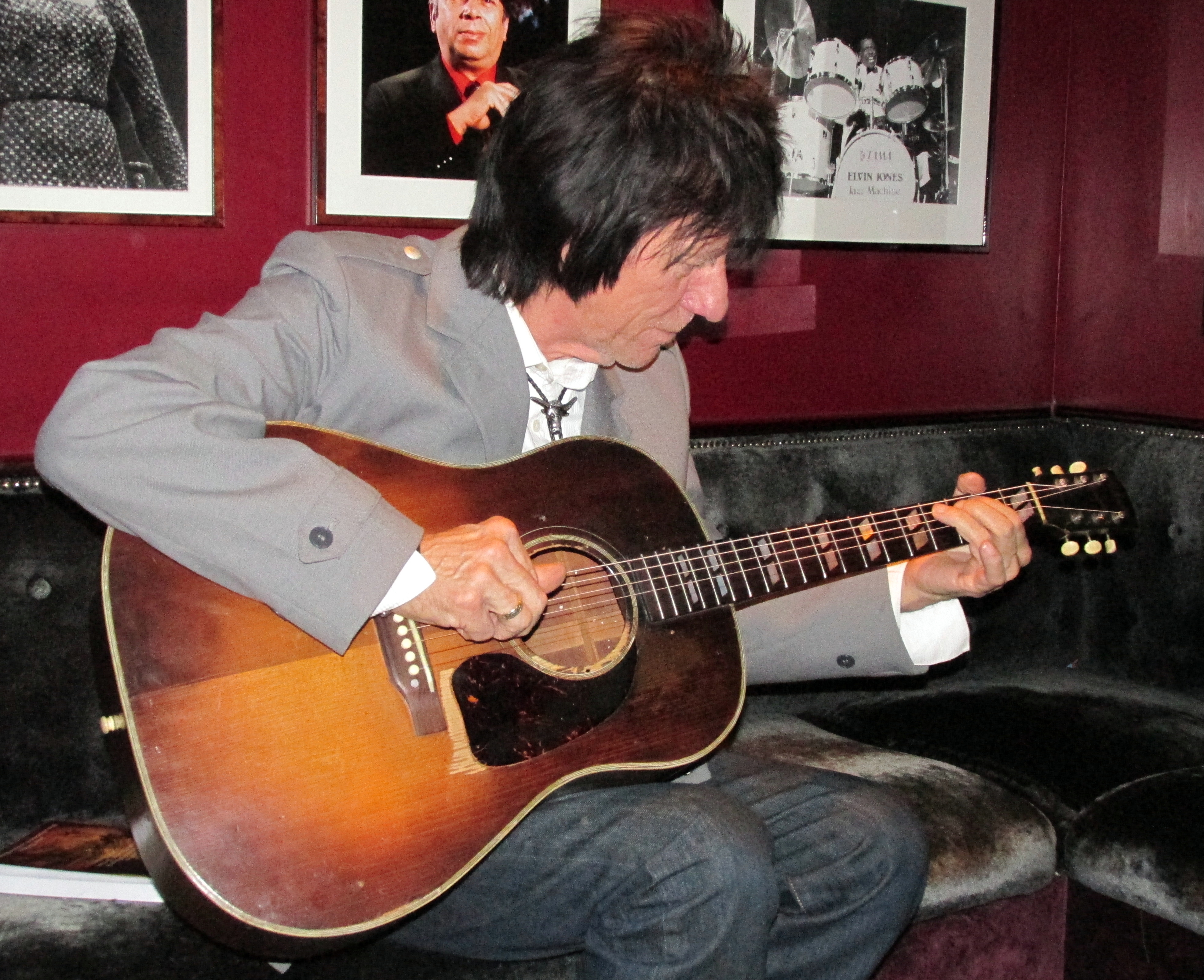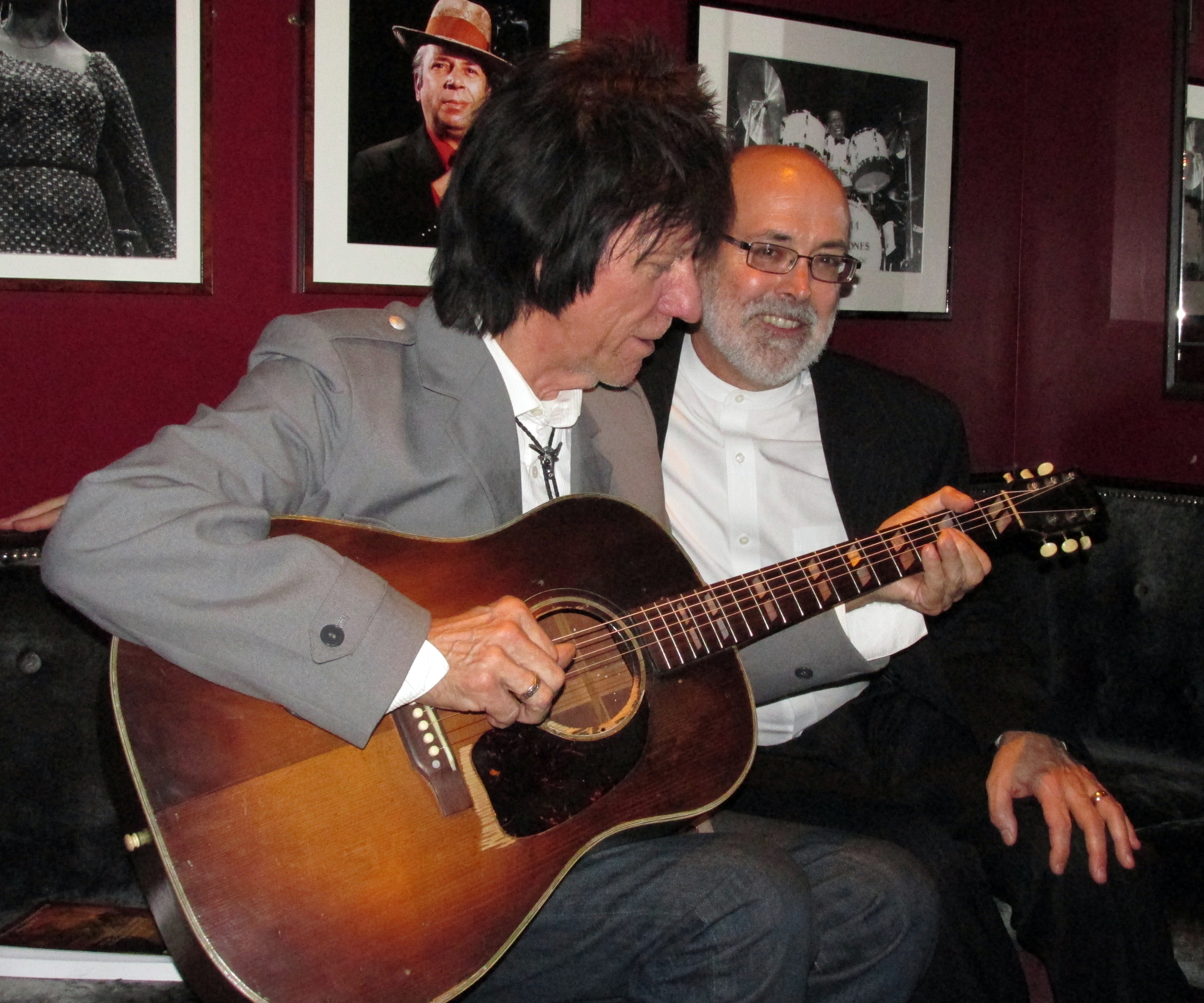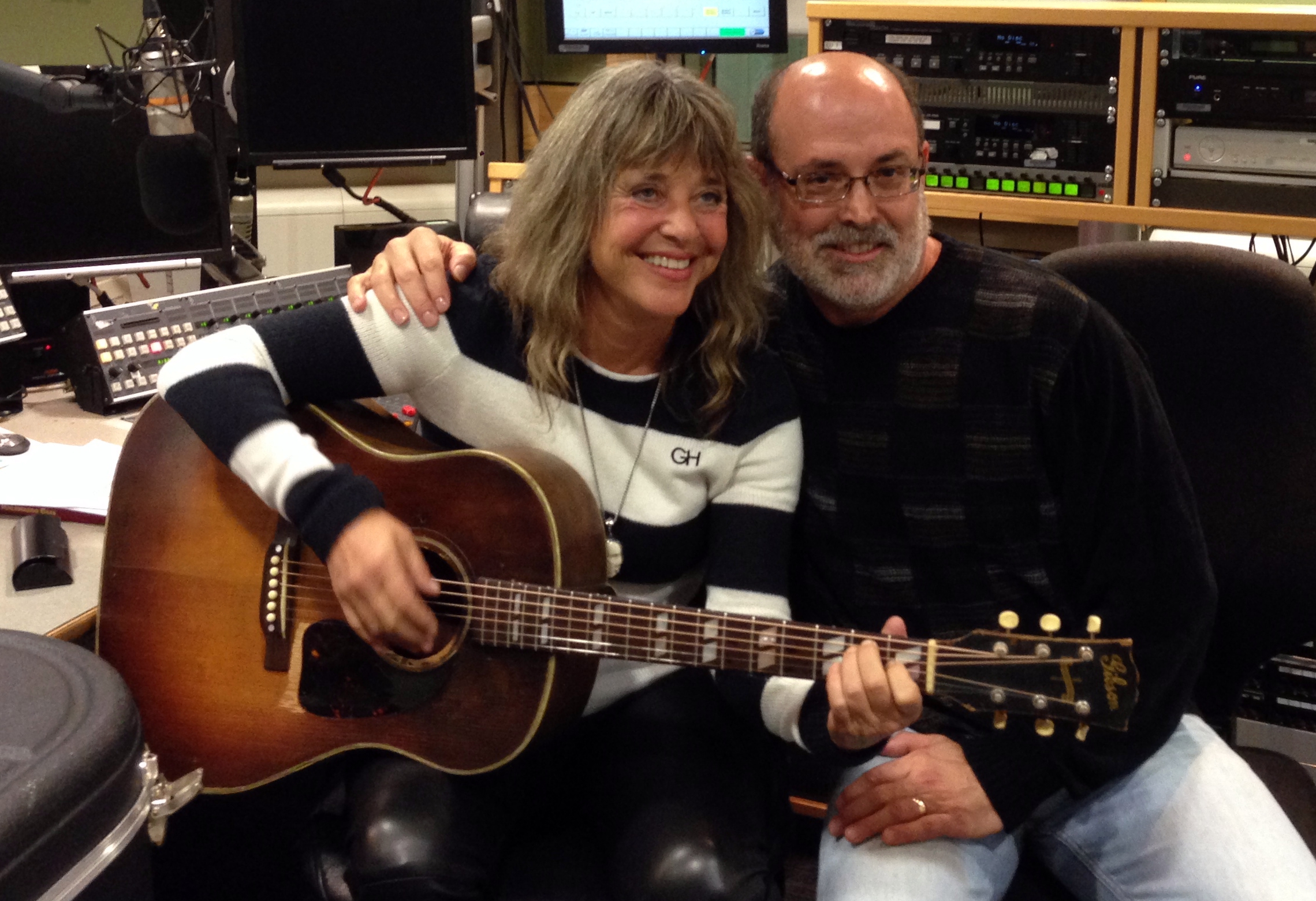“Jeff is coming to see you tonight,” Lizzie Ball says to me as she rushes by, managing to add while pointing to a front row table sitting about five feet from the stage, “he’ll be there.”
“Lizzie” is Lizzie Ball, the extraordinarily talented and versatile vocalist and violinist who is responsible for my presence here at London’s legendary jazz club, Ronnie Scott’s. Rightly classified as “genre bending” by Classical Music Magazine, Ball has performed as a featured artist and orchestral leader in notable classical venues around the globe, currently serves as concertmaster for Nigel Kennedy’s Orchestra of Life, and played the violin solo on George Martin’s “Beatles Anthology” orchestral arrangement of “Grow Old With Me.” the last song John Lennon penned. Most recently, Ball hit the road on the Brian Wilson/Jeff beck tour, singing harmony with Wilson and playing jazz-rock violin foil to Beck’s blistering guitar work.
Yes, “Jeff” is that Jeff. And he of guitar deity status is, gulp, sitting in the front row for my short set. Ball invited me to offer the first “spoken word performance” at her eclectic “Classical Kicks” series at the club. Like all of tonight’s performers, I get about fifteen minutes of stage time, which I’ll split between about ten minutes of telling the Kalamazoo Gal tale and then, well, at least attempting to play a song.
The Ronnie Scott’s gig is the second stop on the Kalamazoo Gals London tour. The first occurred a few days earlier at the studios of BBC Radio 2, the most popular of the BBC’s four radio divisions and which focuses on Album Oriented Rock (AOR) music. As part of its upcoming, year-long series about the guitar, the studio is producing an hour-long Kalamazoo Gals documentary. A few months back I spent several days in Kalamazoo, Michigan with BBC producer David Cook. He interviewed me about the genesis, research, and writing of the book and chatted with the surviving Gals. He also recorded me as I wandered the old Gibson factory and stood beside now-abandoned machinery waxing nostalgic about the skilled craft of the Gals and peeked into cobweb-obscured corners while musing about Orville’s ghost. Perhaps best, using my1943 Gal-made Gibson, we recorded music in abandoned rooms at the very spots where some of the Gals worked.
At the BBC, I met and chatted with Suzi Quatro, who will be narrating the BBC program. In the states we mainly remember her for her recurring role as Leather Tuscadero in the 1970s television show, Happy Days. But, she is also a major figure in the history of rock and roll, selling over 50 million albums, most successfully in the UK and Australia, and, as communications professor Frank Oglesbee once observed, is “a cornerstone in the archsheology of rock.” She was, added Oglesbee, “the first female lead singer and bassist, an electric ax-woman, who sang and played as freely as the males, inspiring other females.” Musicians for Equal Opportunities for Women (MEOW) recently bestowed upon Quatro a lifetime achievement award for “an artist or industry leader who has broken ground for female musicians.”
Quatro proved engaging and articulate. She’d read the book and came armed with notes. What really caught her attention, though, was the 1943 Gibson I brought to the session. The instrument’s first owner was a soldier. He bought it new and took it to the war, dragging it from foxhole to foxhole. A “Southerner Jumbo” model, it’s not a collectible guitar in the customary sense of the word. The instrument’s finish has worn off, with the top having been adorned with some sort of brown stain that resembles shoe polish, the sides are au natural, and the back sports what might best be described as a mop ‘n glow over smear. A number of holes in the top bear testimony to pickups and pickguards past. But, what a pedigree! It’s the only Wartime, Gal-made Gibson that I’ve been able to document went “over there.” What a sound, too. I’ve yet to witness an experienced player who has not pronounced it one of the best sounding guitars on the planet. It also sounds a bit different than most WWII Gibson flattops. “Smoother,” “warmer,” “subtler,” “prettier” are the words players have uttered. Quatro played a few bass riffs on it and asked me to play a number of styles of music on it. “Sweet!” she proclaimed.
Speaking of that guitar and its sound, I’m now about to take the stage with it at Ronnie Scott’s. I’m opening the second set, and following a host of amazing musicians. Lizzie and company virtually burned on sets that spanned classical, Gershwin, and Turkish music. I do my “spoken word” shtick by telling the tale of the Kalamazoo Gals and get a great response. OK, deep breath. Uh, another deep breath. I play something slow and pretty, hoping not to be compared with the virtuosos who preceded and will follow me. You can view the result here.
Following another series of blistering performances, the evening ends with hugs and good cheer all around. Beck comes over and compliments me. “Would you like to play my guitar?” I ask. “Please,” he replies. So, I hand Beck the guitar and he plays speed-of-light rockabilly licks on it.
Beck plays a couple of tunes and then hands the guitar back and thanks me. As I hand it over to another of the night’s musicians, guitarist Nicholas Meier, who is in Beck’s recording and touring band, Beck says, “You can feel the ladies handiwork in that guitar.”
Indeed. And now you can feel Jeff Beck’s handiwork in it, too.


Jeff Beck and John Thomas

Suzi Quatro and John Thomas